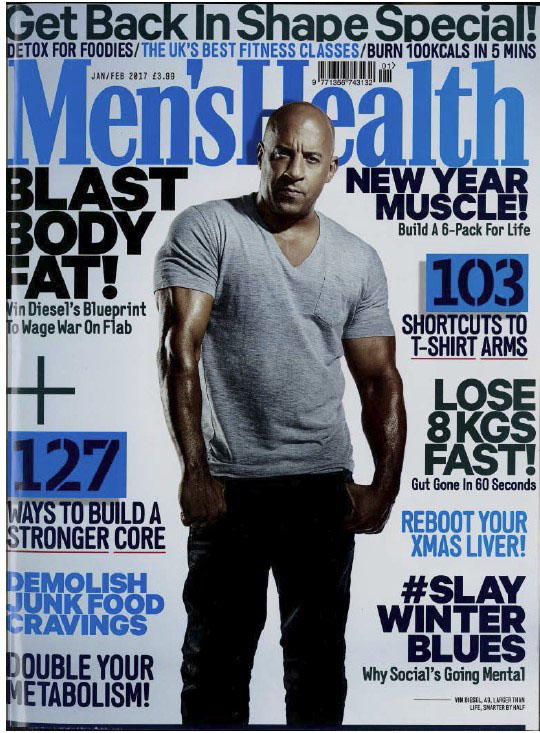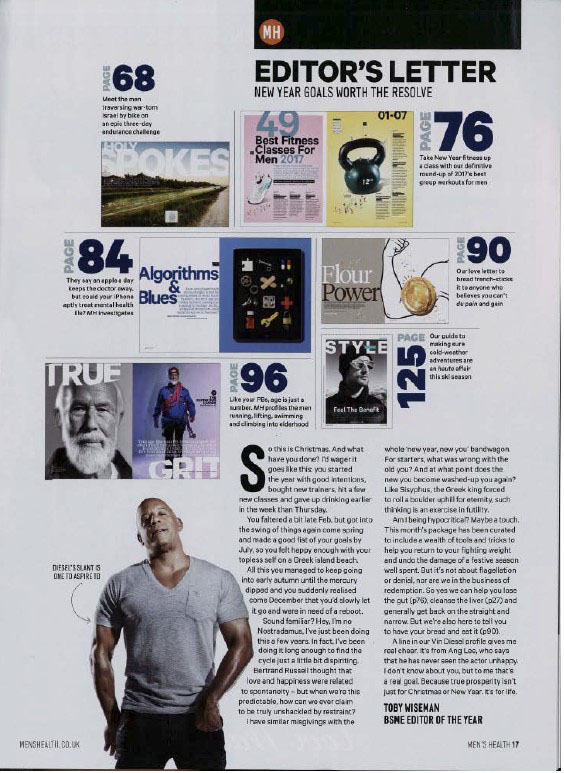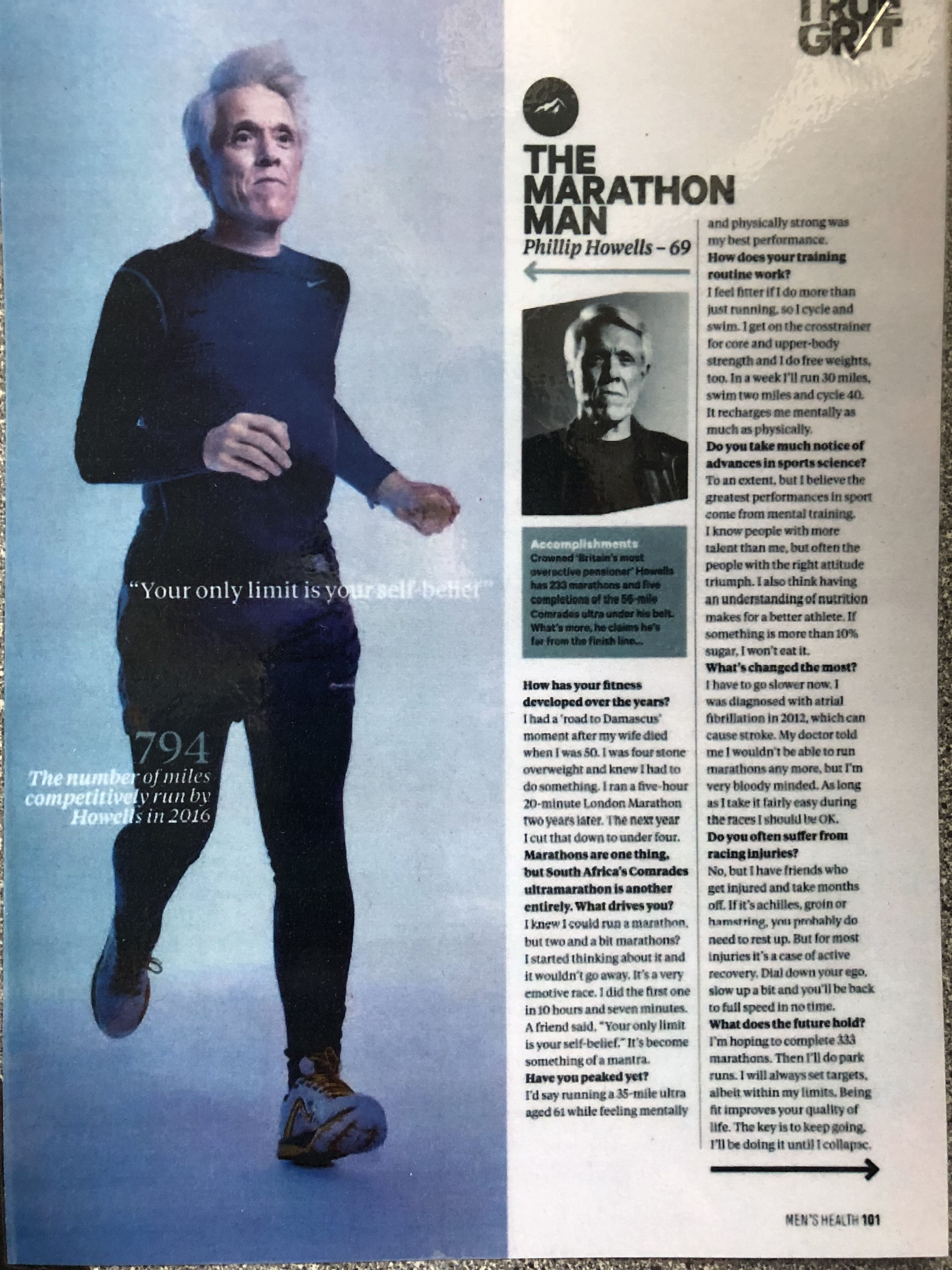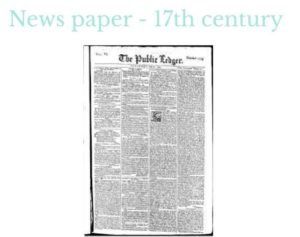Ideology can be defined as a collection of values and beliefs. To what extent do media products target audiences by constructing an ideological view of the world?
You should refer to your newspaper Close Study Products, The i and The Daily Mail.
In this essay, I am going to explore the ideological view that the audiences of the media have. Also, the impact and influence that the media has, specifically newspapers. I am going to use two newspapers to do so: The Daily Mail and The i – both dated on Monday 6th June and both owned by Daily Mail and General Trust plc (DMGT) which is a British multinational media company, the owner of the Daily Mail and several other titles such as The i, it is owned by The 4th Viscount Rothermere.
Printing press first began in 1440 with the main purpose of sharing knowledge wider and quicker. Nowadays, printing is done much quicker therefore their main purpose is to entertain, inform and educate. There are many tabloids out there all serving the same purpose but have to differentiate who they’re targeting and what they’re spreading.
The i Newspaper launched to pose a challenge to existing ‘quality’ newspapers with low cover price and tabloid format. The i needed a way to stand out from other newspapers as newspapers realistically are dying. They don’t make enough money from the newspaper itself. From Noam Chomsky’s 5 Media Filters, the second filter “Role of advertising” – Media costs more than consumers will ever pay. Newspaper fees do not ever cover the cost of production. Advertising is an important way for newspapers to make money. For example, when you go onto The i’s online website as you start searching, advertisements begin to pop up on the screen. Newspapers thrive off of advertising since it is their main way to make money, this makes the newspaper industry a risky business as said so by David Hesmondhalgh on Cultural Industries.
The Daily Mail newspaper is a right wing supporting newspaper, who in the issue dated Monday 6th June 2022 was heavily supportive of the conservative party and the Monarch. On the majority of pages up to page 17 are all dedicated to the Queen and her Royal Platinum Jubilee at the weekend just gone before the issue was published. On Page 18, a comment was left in favour of Queen Elizabeth herself. ‘For 70 years. the Queen has put love of country and public service above all else. And, as the last four days of Platinum Jubilee celebrations have shown, the people love her for it. For an object lesson in the virtue of loyalty, the Tory rebels need look no further. The Daily Mail including this in their column suggests they have no negative opinions towards the Queen or the conservative therefore enforcing positive opinions onto the audience who is targeted as
notes
Curran and Seaton – Power and Media industries theory
“The free market makes the press a representative institution…newspapers and magazines are to respond to the concerns of their readers if they are to stay in business.”
However, since the press has been industrialised, the ‘assumption that ‘anyone is free to start a paper’ is an ‘illusion’.
Power of media institutions and how monopolies can project ideas and messages to large amounts of people.
the press can be used as a propaganda tool to influence the audience. Because there are far fewer newspaper owners than their are readers, an audience only receives a small amount of opinions. Whilst many hoped the internet would make this fairer, due to lower costs, Curran and Seaton believe this hasn’t happened in practice as the big news organisations control the majority of online news.
Daily Mail and General Trust plc (DMGT) –
magnificent celebrations,” “joyous jubilee.













